Resignation Letter Example Template for Professional Use
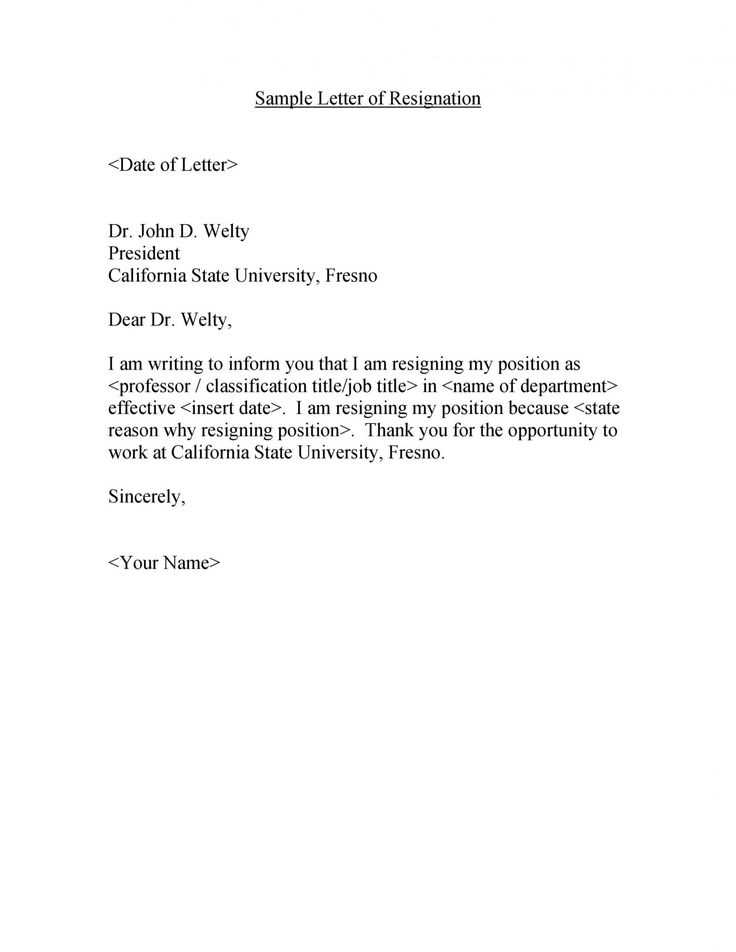
When leaving a job, it’s essential to communicate your decision in a clear and respectful manner. This document serves as a formal notification to inform your employer about your departure, ensuring a smooth transition. Properly wording this message is crucial to maintain a positive relationship and leave on good terms.
Key Components of a Professional Goodbye Note
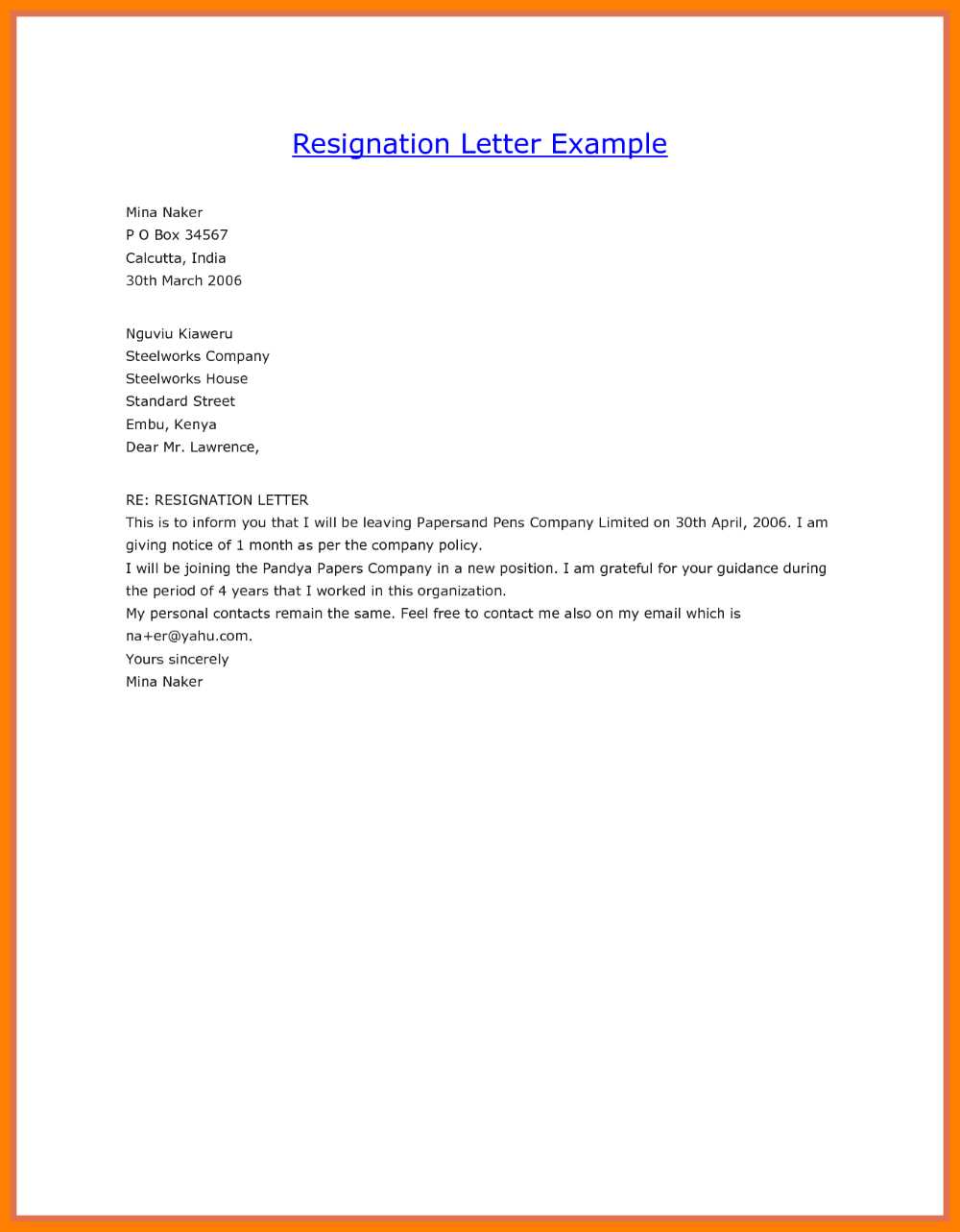
Regardless of the specific context, certain elements should always be included to ensure the communication is clear and respectful:
- Reason for Departure: While details may vary, it’s often best to provide a brief explanation for your decision.
- Express Gratitude: Acknowledge the opportunities you’ve had and express appreciation for your time with the company.
- Transition Details: Offer assistance with the handover process, if appropriate.
Maintaining a Positive Tone
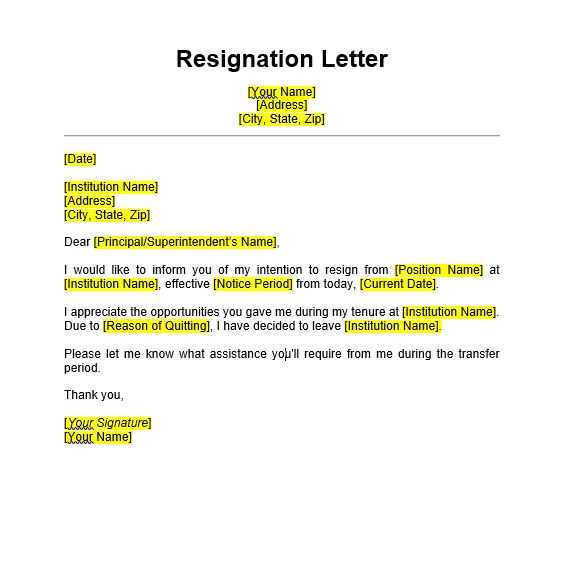
Keep your language polite and professional. Even if your experience wasn’t ideal, a gracious tone can leave a lasting positive impression. This will help ensure that your departure is viewed in a constructive light, maintaining your reputation in the industry.
Timing and Delivery
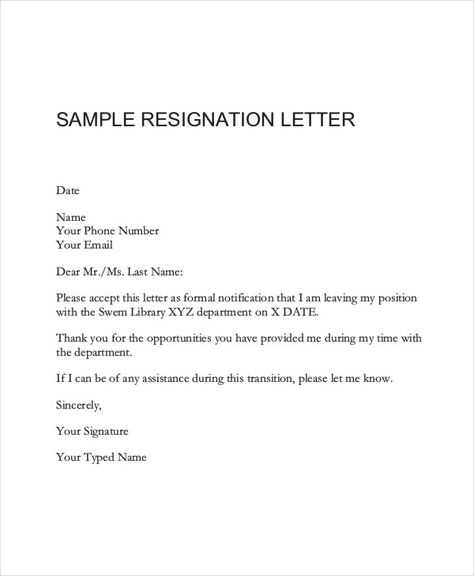
Sending this notification at the appropriate time is crucial. Generally, it’s best to provide ample notice, usually two weeks, so that your employer can make necessary arrangements. Ensure that you submit this communication through the proper channel, whether by email or a formal letter, depending on the company’s norms.
Sample Format for Departing Correspondence
Here is a simplified structure you can follow when drafting your note:
- Greeting: Address the recipient in a respectful manner (e.g., “Dear [Manager’s Name]”).
- Opening Statement: Start by clearly stating your intention to leave the organization.
- Express Appreciation: Mention specific positive experiences you had while working with the team.
- Offer Assistance: If applicable, offer help with the transition process.
- Closing Statement: End on a positive note, expressing your gratitude once again and wishing the company continued success.
Why It’s Important
Leaving a job is a significant step, and how you communicate it can influence your professional future. A well-constructed farewell note helps preserve relationships and keeps doors open for future opportunities.
How to Write a Formal Farewell Notice
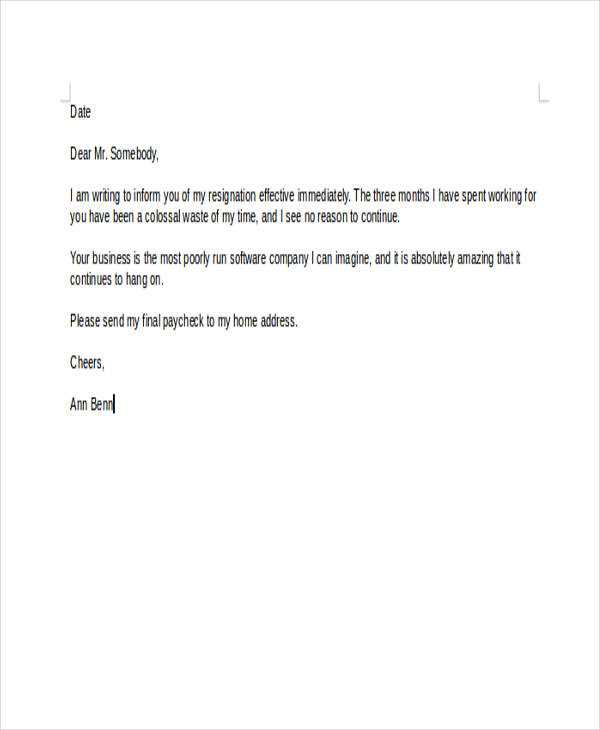
When preparing to leave a position, it is important to craft a clear and respectful notification to inform your employer. The communication should be concise and professional to ensure a smooth exit and to preserve positive relationships within the organization. This section outlines essential points to consider when drafting your formal departure communication.
Key Elements of an Effective Departure Notice
To ensure your message is clear and professional, several important components should be included:
- Clear Intent: State explicitly that you are leaving and mention your last working day.
- Gratitude: Acknowledge the opportunities you had and express appreciation for your time with the company.
- Offer Assistance: If applicable, offer your support in ensuring a smooth transition, such as helping with training a replacement.
Choosing the Right Tone for Departure Notices
Maintaining a professional and positive tone throughout the message is crucial. Even if your experience was less than ideal, a polite and respectful tone will help you maintain good relationships for future networking opportunities. A well-chosen tone can make all the difference in how your departure is perceived.
Common Mistakes to Avoid
Many individuals make avoidable errors when crafting their farewell communications. Some common mistakes include:
- Being Too Detailed: Avoid going into unnecessary personal details or reasons for leaving unless relevant.
- Unprofessional Language: Using negative or aggressive language can leave a poor impression, so maintain respect and professionalism.
- Failure to Provide Notice: Always give sufficient notice, typically two weeks, to allow the company time to adjust.
When to Submit Your Departure Notification
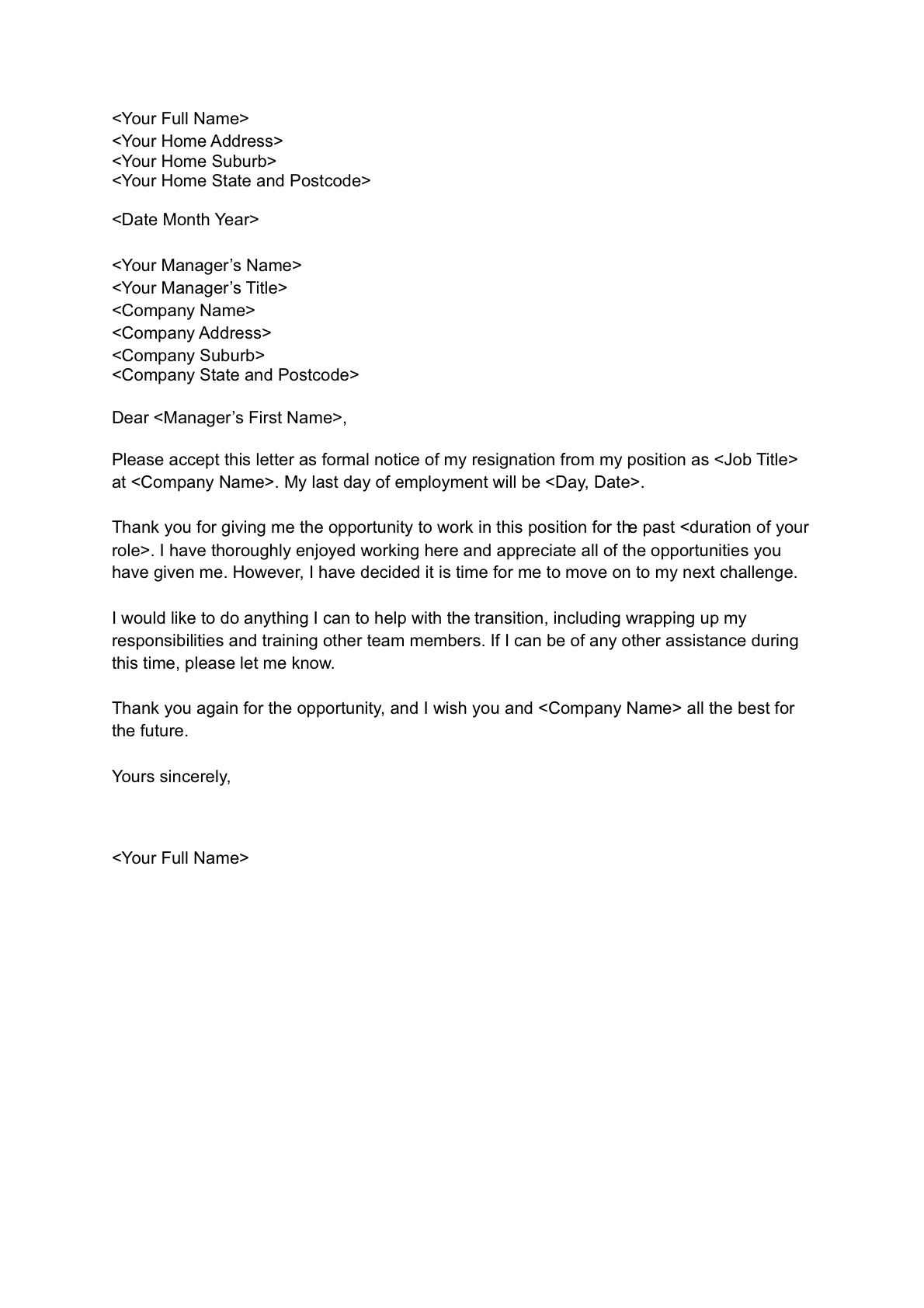
Timing is essential. Ideally, submit your notice well in advance, typically two weeks before your last day. This allows your employer to prepare for your exit and plan for the transition. Ensure that you follow any company-specific procedures for submitting such a communication.
Sample Formats for Various Roles
Depending on the position and your relationship with your employer, the structure and tone of your message might vary. Here is a basic structure that can be adapted for different roles:
- Professional or Corporate Roles: Formal and concise, focusing on gratitude and offering assistance in the transition.
- Creative or Freelance Positions: A more personal tone, highlighting specific projects or collaborations.
- Part-Time or Temporary Roles: Shorter and simpler, mainly focused on confirming the final day and expressing thanks.